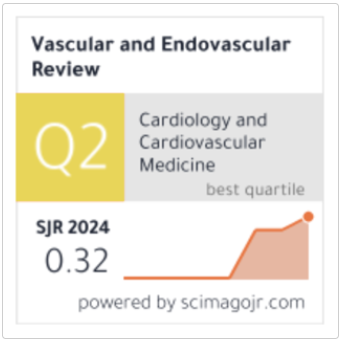Contemporary Strategies in the Management of Patients with Acute Pancreatitis
Keywords:
Acute pancreatitis, Biliary pancreatitis, ERCP, Complication management.Abstract
Acute pancreatitis (AP) is a serious gastrointestinal disorder with rising global incidence, ranging from 4.9 to 73.4 per 100,000 population. Biliary stones are the leading cause, accounting for up to 70% of cases, while alcohol, hypertriglyceridemia, drugs, genetics, and autoimmune conditions contribute variably. Although most cases are mild and self-limiting, 20% progress to severe disease with mortality reaching 30%. Diagnosis requires a combination of abdominal pain, elevated enzymes, and imaging, though biomarkers and clinical scores aid severity prediction. Management focuses on early supportive measures including oxygen therapy, fluid resuscitation, analgesia, and nutritional support. Ringer’s lactate is preferred for resuscitation, while strong opioids remain the mainstay for pain control. Enteral feeding is recommended within 1–2 days, with parenteral nutrition reserved for intolerance. Severe disease may require ICU support, with interventions for infected necrosis delayed until walled-off collections form. Prophylactic antibiotics are not indicated, but targeted therapy is crucial for confirmed infections. Prevention strategies include index-admission cholecystectomy for biliary pancreatitis, alcohol and smoking cessation, lipid-lowering therapies, and drug withdrawal when relevant. ERCP plays a central but selective role: indicated in patients with cholangitis or persistent obstruction, while conservative management is preferable in uncomplicated cases. Despite a 5–15% risk of complications, timely ERCP can prevent progression in high-risk patients. Future research should refine predictive tools, optimize fluid strategies, and clarify the timing of endoscopic interventions.








